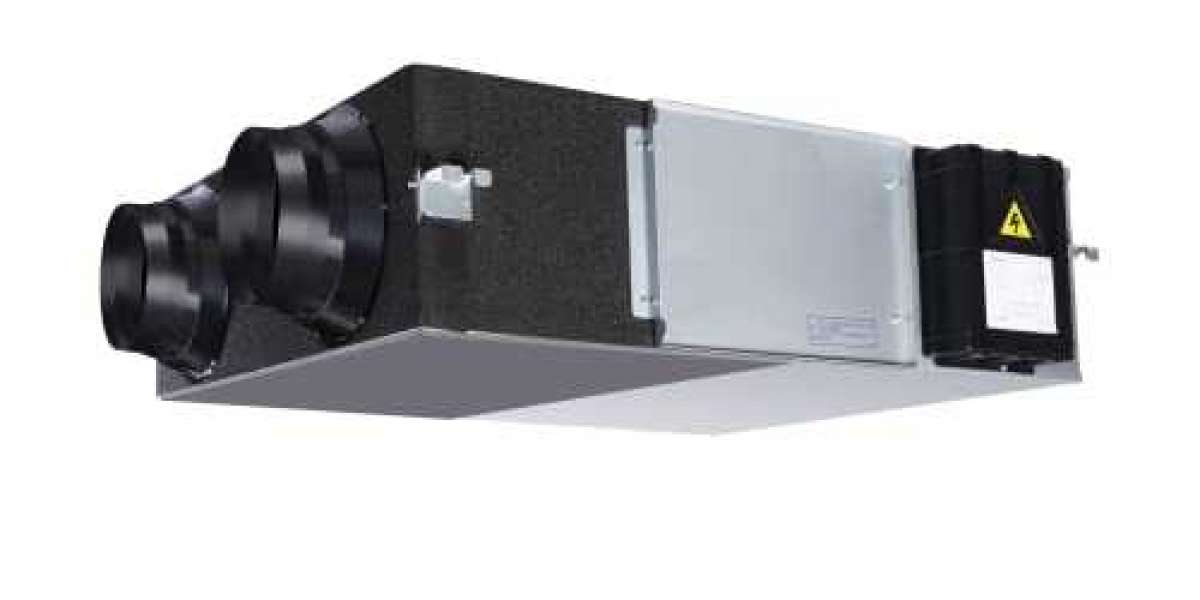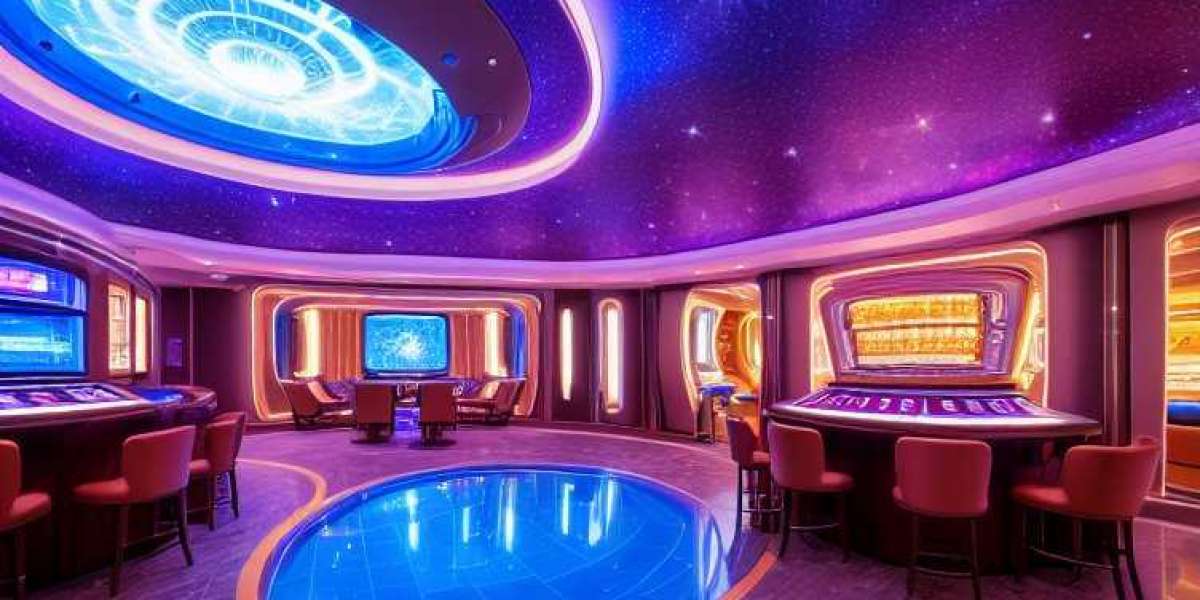As environmental concerns continue to rise and energy efficiency becomes a top priority, buildings are evolving to accommodate smarter, healthier, and more sustainable solutions. One such advancement is the adoption of the Energy Recovery Ventilation system, a technology that is rapidly transforming the way we think about indoor air quality and energy consumption. ERV systems are increasingly being implemented in both residential and commercial properties, creating a cleaner, more comfortable, and energy-efficient environment. In this blog, we’ll explore the future of clean air with ERV systems and why they should be integrated into every building.
What is Energy Recovery Ventilation (ERV)?
An Energy Recovery Ventilation (ERV) system works by exchanging heat and moisture between incoming and outgoing air to improve ventilation efficiency. It removes stale indoor air while bringing in fresh outdoor air, all while recovering and transferring energy from the outgoing air to the incoming air. This process helps maintain a comfortable indoor temperature, minimizing the loss of heat in the winter and cooling the air in the summer without overburdening the heating or cooling systems.
With the growing concern about air pollution and its impact on our health, improving indoor air quality has become a priority. Traditional ventilation systems that simply bring in fresh air from the outside can lead to energy wastage and discomfort. ERV systems, on the other hand, offer a more balanced approach by maintaining air quality while also improving energy efficiency.
The Role of ERV in Sustainable Building Design
Sustainability is no longer just a buzzword—it's a necessity for the future of construction and design. Buildings are responsible for a significant portion of energy consumption worldwide, and one area of focus for improving sustainability is ventilation. An ERV system offers a perfect solution by ensuring that buildings have clean, fresh air without wasting energy.
In addition to reducing energy consumption, ERVs help optimize heating, ventilation, and air conditioning (HVAC) systems, allowing them to operate more efficiently. By incorporating an ERV system into a building’s design, architects and engineers can achieve higher energy efficiency, lower carbon emissions, and reduced reliance on traditional HVAC systems. As a result, buildings become more sustainable and less harmful to the environment.
Benefits of Energy Recovery Ventilation Systems
- Improved Indoor Air Quality (IAQ): The primary benefit of an ERV system is its ability to continuously supply fresh air while exhausting stale air, ensuring a healthier indoor environment. The fresh air coming into the building is filtered, reducing the presence of harmful contaminants such as allergens, dust, and pollutants.
- Energy Efficiency: ERVs reduce the workload on HVAC systems by recovering energy from the outgoing air. This process minimizes the energy required to heat or cool the incoming air, thus lowering energy consumption and utility bills.
- Comfortable Indoor Environment: ERVs maintain a stable indoor environment by balancing humidity levels. This helps prevent the discomfort caused by excessively dry air in winter or excessive humidity in summer, promoting a comfortable living and working space year-round.
- Cost Savings: The energy savings provided by ERVs can result in long-term cost reductions for building owners and occupants. By lowering HVAC load, reducing energy consumption, and extending the life of HVAC systems, ERVs contribute to both financial and environmental savings.
- Environmental Impact: With the global push to reduce carbon footprints, ERV systems offer a way for buildings to contribute positively to the environment. Their ability to reduce energy usage while improving indoor air quality makes them an essential component of green building initiatives and certifications such as LEED (Leadership in Energy and Environmental Design).
Why Every Building Needs an ERV System in the Future
As the world moves towards greener solutions, it’s clear that Energy Recovery Ventilation is the future of building design. Every building, whether residential, commercial, or industrial, can benefit from ERV systems. In urban environments, where pollution is often a concern, ERVs help filter out harmful air pollutants, improving the health and well-being of the occupants. As buildings become more airtight for energy efficiency, the importance of mechanical ventilation systems like ERVs will continue to grow.
The adoption of ERV systems will only increase as regulations regarding energy efficiency and indoor air quality become more stringent. These systems will be a crucial part of future-proofing buildings to meet the environmental and health standards of tomorrow.
Astberg Ventilation Advantage
As we move towards more sustainable, energy-efficient buildings, Astberg Ventilation is leading the charge with high-quality ERV systems designed for optimal performance. Astberg offers advanced Energy Recovery Ventilation systems that are not only efficient but also built to last, providing a reliable solution for buildings looking to improve indoor air quality and energy efficiency.
Astberg Ventilation understands the importance of clean air and energy efficiency in modern building design. With their expertise, you can trust that their systems will help reduce your environmental impact while keeping your indoor spaces comfortable and healthy. Whether you’re designing a new building or retrofitting an existing one, Astberg’s ERV systems offer the perfect solution for improving air quality and reducing energy costs.
Conclusion
Future of clean air is here with Energy Recovery Ventilation systems. They are a must-have for every building looking to improve air quality, enhance energy efficiency, and reduce environmental impact. As more buildings adopt these systems, we will see a significant improvement in both the health and sustainability of our living and working spaces. For those looking to integrate the best in ventilation technology, Astberg Ventilation offers cutting-edge ERV solutions to meet the demands of modern, sustainable buildings. Make the switch today and ensure a healthier, more energy-efficient future.








